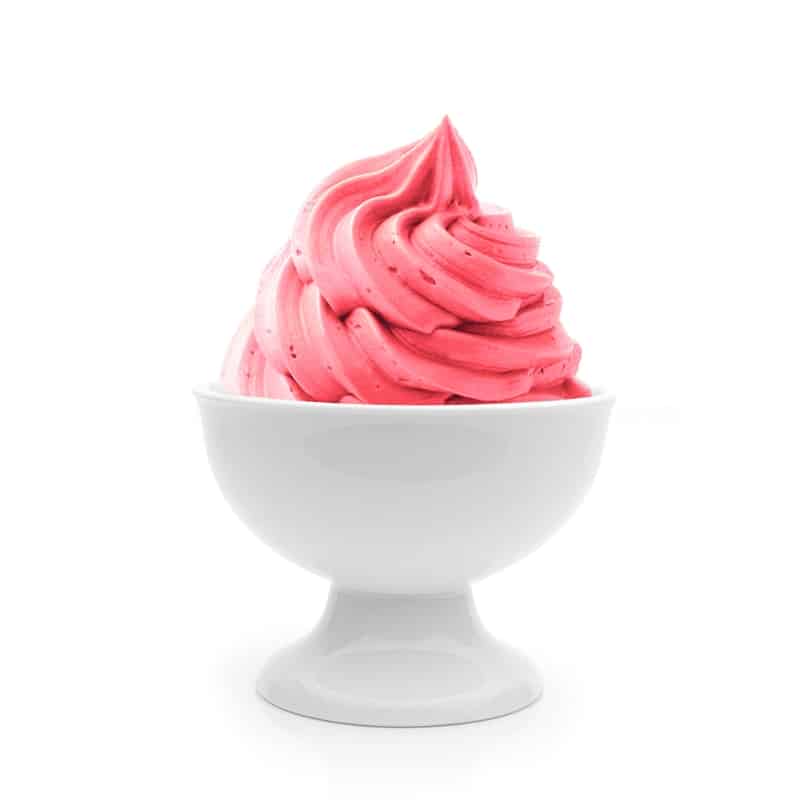Pasteurization of Raw Milk to Prevent Contamination
Leave a CommentRaw milk, or milk that has not gone through a pasteurization process, is sometimes touted for its supposed health benefits. Claims of greater nutrition through raw milk may be contributing to its rising popularity.
As more consumers seek out raw milk, the number of dairies providing this beverage is increasing as the number of states that outlaw its sale decrease, according to Food Safety News. At the same time, instances of foodborne illness linked to raw milk consumption are going up.
Real Risks of Consuming Raw Milk
From 2007 through 2012, 26 states reported 81 outbreaks linked to raw milk, according to the U.S. Centers for Disease Control and Prevention.
People who consume raw milk or cheese products are more than 800 times more likely to experience a foodborne illness and more than 45 times more likely to be hospitalized for one compared to people who opt for pasteurized products.
Pasteurization of Raw Milk Makes it Safe for Consumers
Foodborne illness can be extremely harmful or even deadly. They can be prevented when food products are treated correctly before distribution to consumers. For dairy, that process is pasteurization, which involves heating the milk to a temperature that kills off the Salmonella bacteria and other illness-causing organisms.
Pasteurization of raw milk maintains the nutritional value of the milk, the CDC explained. Some enzymes and vitamins are reduced during the pasteurization process, but these often aren’t critical to human health or can be obtained elsewhere, such as vitamin C.
Contamination can happen at any stage of milk production, even if farmers maintain clean operations and make an effort to test their milk supply for bacteria. Foodborne illness-causing bacteria can enter milk supply in many ways, including: udder infection, insects or rodents near the cows; cross-contamination caused by farm employees, such as that due to dirty clothing or equipment; or animal feces near the milk. Even in operations where farmers strive to prevent contamination, bacterial infection is always a possibility until after the pasteurization phase.
Incorporating Pasteurization into your Dairy Operation
An important step in incorporating a pasteurization process into your dairy operation is identifying the right equipment.
Shell and tube heat exchangers are a popular addition to any pasteurization process, because they provide a high heat transfer rate and are relatively easy to clean. Many fabricators choose stainless steel for the material of construction because it’s not prone to fouling and isn’t difficult to clean, making it an excellent choice to process products meant for human consumption.
It’s important that pasteurization equipment is designed with the end use in mind. 3-A Sanitary Standards, Inc. is usually considered the industry standard regarding hygienic standards for equipment design and use. Though 3-A has been expanded to provide direction for choosing hygienic equipment for the food, beverage and pharmaceutical industries, it began as a dairy standards organization in the 1920s.
Enerquip’s Heat Exchanger Solutions
When it’s time to add or replace your shell and tube heat exchanger for dairy pasteurization at your facility, reach out to Enerquip. Our sanitary heat exchangers can be fabricated with 100 percent 304 stainless steel and manufactured according to 3-A standard 12-07 to ensure your process is safe and compliant with applicable regulations.
We have several off-the-shelf heat exchanger models in stock or ready to ship. Need a custom sanitary exchanger, our team of heat exchange experts can design a solution specifically for your operation.



